When my daughter Sedona turned two years old she was little Miss Independent. She could button buttons and zip zippers. She knew how to get herself a snack. And she was even potty trained already. The thing that she could not do was talk. Not very much anyway.
At her two-year check-up her pediatrician referred us to an ENT just to rule out hearing loss before beginning speech therapy. At the ENT appointment I went into the sound booth with her and she sat on my lap as they tested different tones through the speakers. No matter how loud the sounds got Sedona didn’t seem to respond. The doctor was concerned and scheduled an ABR (auditory brainstem response test). This test would give a definitive answer as to whether or not Sedona could hear.
Sure enough, the ABR confirmed that Sedona was deaf and although the diagnosis was not what I wanted to hear, I didn’t really have time to be stunned. We had to hit the ground running with learning sign language, getting hearing aids and going to therapy. She had the cochlear implant surgery just before her third birthday and then we moved from Kentucky to Ohio so that she could go to an oral deaf school and be closer to Cincinnati Children’s. We had a lot of lost time to make up for.
By the time Sedona was five she was talking, but not at the level of a typical five year old. She would leave out a lot words in a sentence. For example instead of saying “Can I go to the store with you?” she would say “I go store with you?” She would also get everyday vocabulary confused, like instead of refrigerator should would say closet. Sometimes I would get discouraged. I was really happy about how far she had come, but she was in kindergarten now and I couldn’t help but worry that she would be behind academically.
That summer I was contacted about a research study program for some software called Touch Chat HD. Sedona would have the opportunity to go to therapy at Cincinnati Children’s and learn how to use technology-assisted language (TAL) using an iPad. The software is specifically designed for children who are deaf or hard of hearing with the goal of improving language performance.
The study would include four, 6-week installments, which meant a 24-week commitment. I was skeptical because at the time I had three children and was pregnant with our fourth. It all sounded a little overwhelming, but I was also intrigued. The study included 12 therapy sessions and at the end of the study Sedona would get to keep the iPad and the Touch Chat software. This sounded like a program that Sedona could really benefit from so I agreed to give it a try.
The day we showed up and met Rosie Sheldon, a speech-language pathologist in the division of Developmental and Behavioral Pediatrics, they instantly connected. I was able to sit in the library down the hall and watch Sedona’s sessions from a computer. Sedona had a great time and couldn’t wait to return. She quickly learned how to use the software. She was able to create audible sentences by touching the icons on the screen.
I was learning to use the software right along with Sedona. We took what we had learned at therapy and implemented it at home. Sedona would be so proud of herself as her sentences began to grow and she would count how many words she was able to piece together. As a bonus she was also learning to spell. She would type “C-A-T” on the keypad and a voice would read cat out loud. Sedona would hear it and then shout “CAT!” and her face would light up every time. I could tell that she was encouraged and motivated to keep going.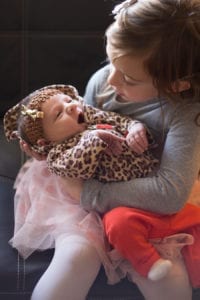
We actually missed our final session for the study because I went into labor and had our fourth child. Sedona has been an amazing big sister. She snuggles, kisses, and protects her baby sis just like a little mother hen. It’s such a blessing to watch them interact and for Sedona to have the ability to communicate with her sister.
I have been approached more than once about various research studies and it’s always a tough call. I never want my daughter to feel like she is being analyzed or put to work. The therapy sessions are nothing like that, though. It’s play time to her and she has always had a say in whether or not she wanted to participate.
Being a part of the Touch Chat Pilot program was a very rewarding experience. Sedona has almost completed 1st grade now and she is doing so well. I can’t wait to see what the future holds for Sedona and for this new technology. It is an honor to be a part of this groundbreaking study.
Editor’s note: You can read more about the Busch’s hearing loss journey at www.MessyMom.com.

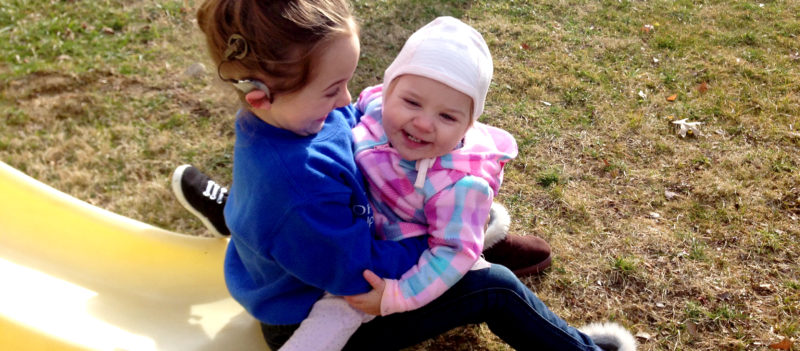

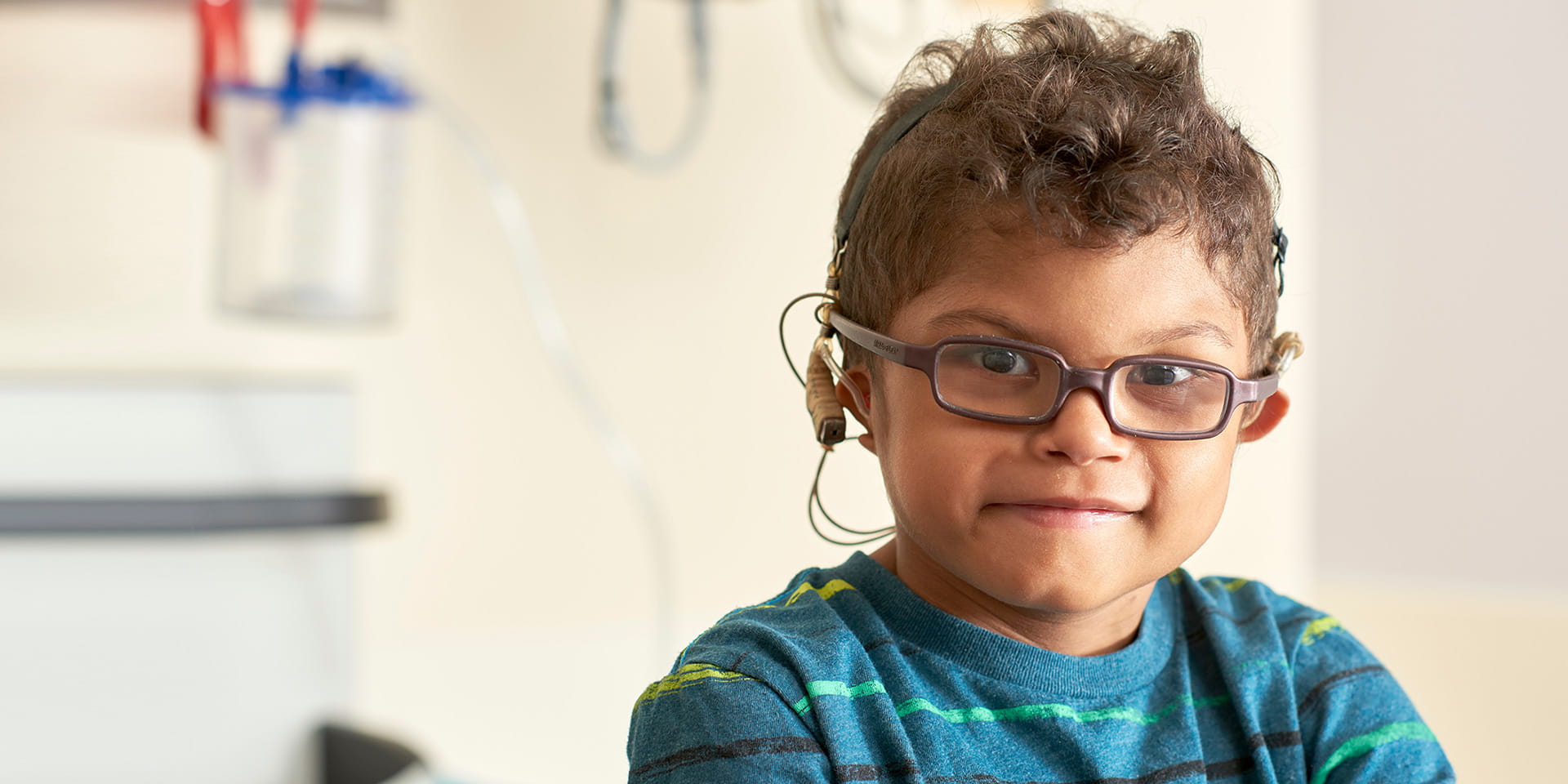
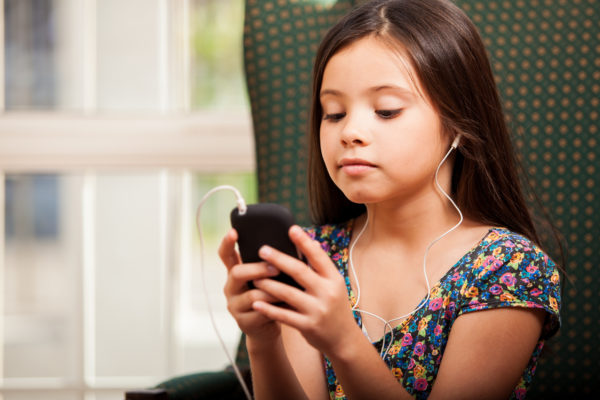
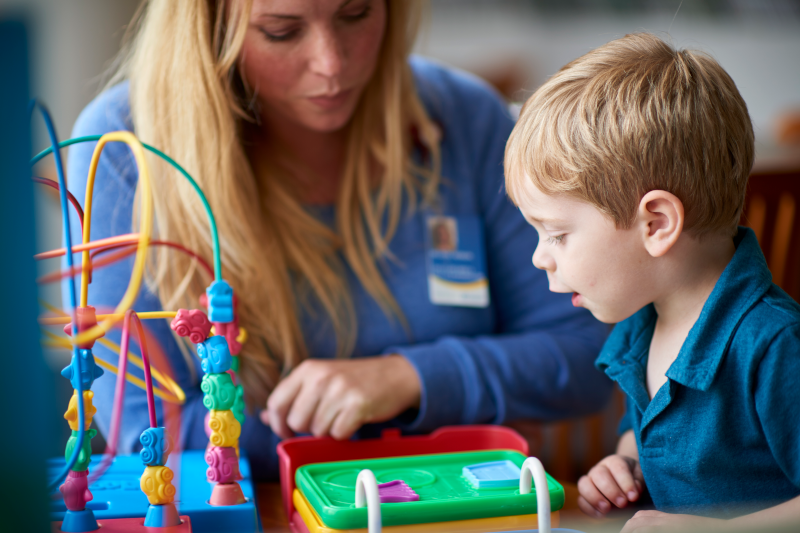
[…] by Sedona, a patient featured in the news report—a larger randomized trial is now being launched. Read a a blog post by Sedona’s mother about the study. A biomedical informatics team led by Andrew Rupert and Michal Kouril, PhD manages the […]